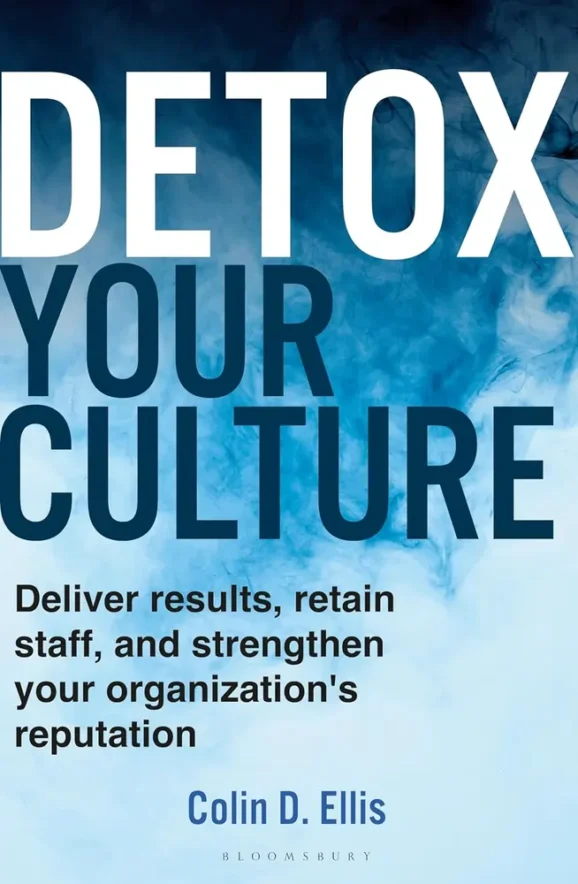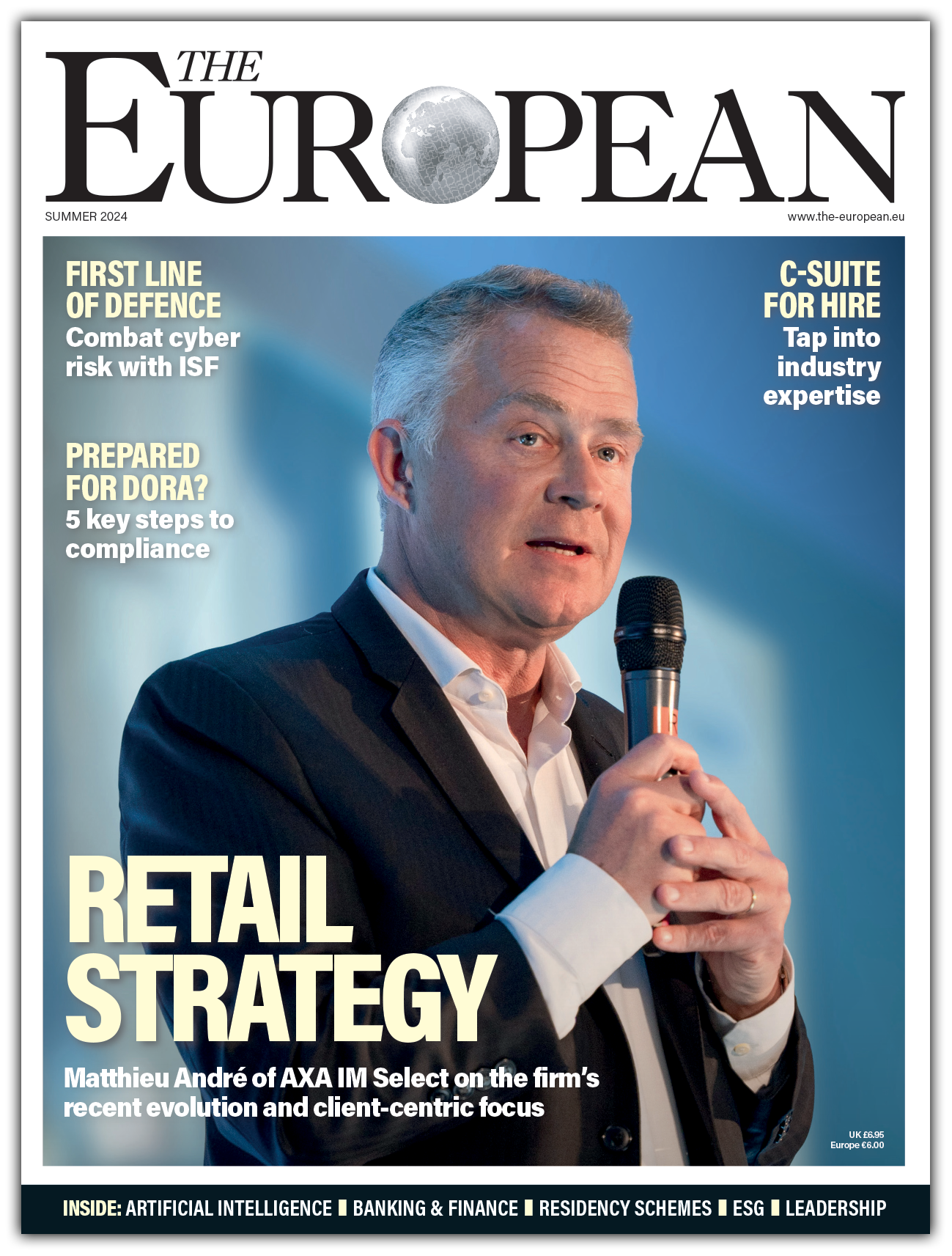The Post Office Horizon Scandal exposed a toxic workplace culture at its centre, but no organisation is immune and with increasing public scrutiny, ensuring a healthy culture is more important than ever, says workplace culture expert and bestselling author Colin D. Ellis
By Colin D. Ellis
The recent scandal surrounding the UK Post Office highlighted some significant issues, not least the culture of the organisation.
From the arrogance of its leadership—led by CEO Paula Vennels—in insisting it had done nothing wrong, and the failings of Fujitsu, to the complete lack of empathy of staff in their dealings with sub-postmasters, the internal workings of the Post Office were laid out for all to see, and it did not make for attractive viewing.
It would be easy to see this as a one-off, yet the reality is that this could happen to any organisation at any time. In recent memory the Confederation of British Industry (CBI), Metropolitan Police, Plaid Cymru and even The Ellen Show in the US, have all faced allegations of toxic workplace cultures in the media.
Leaders everywhere need to take heed of the lessons learned from these very public affairs and ensure that they mitigate the risk of a similar toxic culture occurring in their organisation. The media now take an active interest in how leaders treat their employees, which wasn’t always the case.
An organisation’s culture used to be a black box: invisible to the outside world, until something catastrophic happened that exposed the inner workings to the world. However, how an organisation treats its employees is now front-page news and if organisations don’t deal with their issues, staff will simply expose them via social media instead. To that end, toxic culture is now an organisation’s biggest risk.
It has the ability to destroy the lives of the people that work in the organisation, diminish the organisation’s output, and derail the reputations of leaders that enable it. At its worst, as happened in the case of the UK Post Office, it can lead to suicide and protracted legal investigations into those that presided over such a toxic workplace culture.
Yet, with a few, relatively straightforward actions from leaders, toxic culture is something that can be avoided.
Understanding Toxic Culture
‘Toxic culture’ refers to a negative and unhealthy environment within an organisation or social group. It is characterised by a variety of negative behaviours, attitudes, and dynamics that can be detrimental to the wellbeing and productivity of individuals involved. These behaviours include bullying, harassment, racism, sexism, misogyny, verbal or emotional abuse, unwanted physical contact, poor communication, lack of trust, blame, criticism, or unethical behaviour, to name but a few.
Toxic culture doesn’t go away over time. Ignoring it won’t make it magically disappear and bringing in a firm of consultants to ‘conduct a process’ over too long a time period to tell you what you already know also doesn’t work.
Many organisations still seem paralysed when it comes to culture. They continue to pay lip service to it—talking about it but not actually training managers on how to build it—then act with surprise when the behaviours of leaders bring unwanted scrutiny.

Workplace culture expert & bestselling business author Colin D. Ellis works with a global client base including Red Bull, Microsoft, KPMG and Cisco, helping organisations build and maintain great working cultures.
Thankfully, many forward-thinking senior leaders now understand the need for meaningful work on defining culture to avoid the opportunity for toxicity. In one research report, 92% of CEOs acknowledged that improving their culture would increase company value. Likewise, improving the employee experience (a fancy way of saying ‘culture’) is the number one priority for HR leaders.
These leaders also recognise that employee generational attitudes have shifted and that in order to retain their best people and attract those that can further help them fulfil their ambitions, they must work hard to build a culture of belonging and respect.
Avoiding A Toxic Culture
So, how to avoid a toxic culture? The secret lies in meaningful culture definition.
As an organisation, you get the culture that you choose to build. Leaders that put time, thought, and effort into building a culture in a meaningful way will avoid the conditions that lead to toxicity.
This means involving employees—of all ages and tenures—in defining the values, behaviours, and ways of working, rather than telling them what they are. Employees will take pride in upholding a culture that they feel they have had a say in. They will take accountability for its positive evolution and actively manage those that seek to undermine what they’ve built.
This also means that organisations need to invest in management training. Millions of pounds are wasted every year investing in a special few potential ‘leaders’ on complex leadership development programmes, when cultures are built, productivity generated, and results achieved through competent middle managers.
When middle managers understand how to build teams, communicate effectively, set expectations, have courageous conversations, and motivate the individuals on their teams to achieve a set of results, everyone benefits. Employees feel motivated to achieve and senior managers see their organisations succeed in almost every metric.
Crucially however, these cultures generate a reputation not only for delivering results but achieving them in a way that employees appreciate.

Ellis’s impressive new book unveils eye-opening statistics: from high stress leading to suicidal thoughts to increased disease risks, toxic culture impacts us all. This book is a must-read guide for anyone seeking to understand and combat workplace toxicity.
One of my clients, technology company Cisco, are consistently in the top three great places to work every year. In 2022, they made a profit of US$51bn. It would be easy for senior leaders of less successful companies to suggest that this is a result of the technology that they sell; however, Cisco CEO Chuck Robbins made a deliberate decision that rather than focussing his efforts on results, he would prioritise culture instead. In 2019, he said, “My ultimate goal is for Cisco to be the best place to work in the world.”
He then set about working with his management team to achieve this by taking a ‘Conscious’ approach to culture—one that focused on kindness, empathy, inclusion, and (importantly) action. Chief People Officer Francine Katsoudas reinforced Robbins’ approach saying, “When [our people] are supported, connected, and engaged, we are successful together. In a Conscious Culture, everyone owns the environment and experience. This ownership, together with transparency and trust, creates the foundation for everyone to do their best work and support one another.”
I’ve seen this culture first hand and employees guard it with passion. The chances for toxicity are minimised through effective day-to-day management and there is a zero-tolerance approach to those who actively seek to undermine the culture that’s been built.
Of course, this approach takes time and costs money, but it’s an investment worth making. Not only is it reflected in the bottom line, it’s also reflected in the cultural reputation that the organisation has, which in turn attracts other high-potential people who want to perform at the highest level in a values-driven environment.
This approach works for any organisation. From sports teams to call centres; sales teams to start ups; banks to hospitality.
Toxic culture is the biggest risk that organisations face. Only by choosing to actively build culture can leaders everywhere avoid the conditions that will lead to this risk becoming an issue that the media takes an active interest in.
Detox Your Culture: Deliver results, retain staff, and strengthen your organization’s reputation (Bloomsbury UK) by Colin D. Ellis is out now on Amazon, priced £20 in hardcover, £18 as an eBook, and £15 as an audiobook. For more information, visit www.colindellis.com or follow Colin on LinkedIn, Instagram, Facebook, or YouTube.






